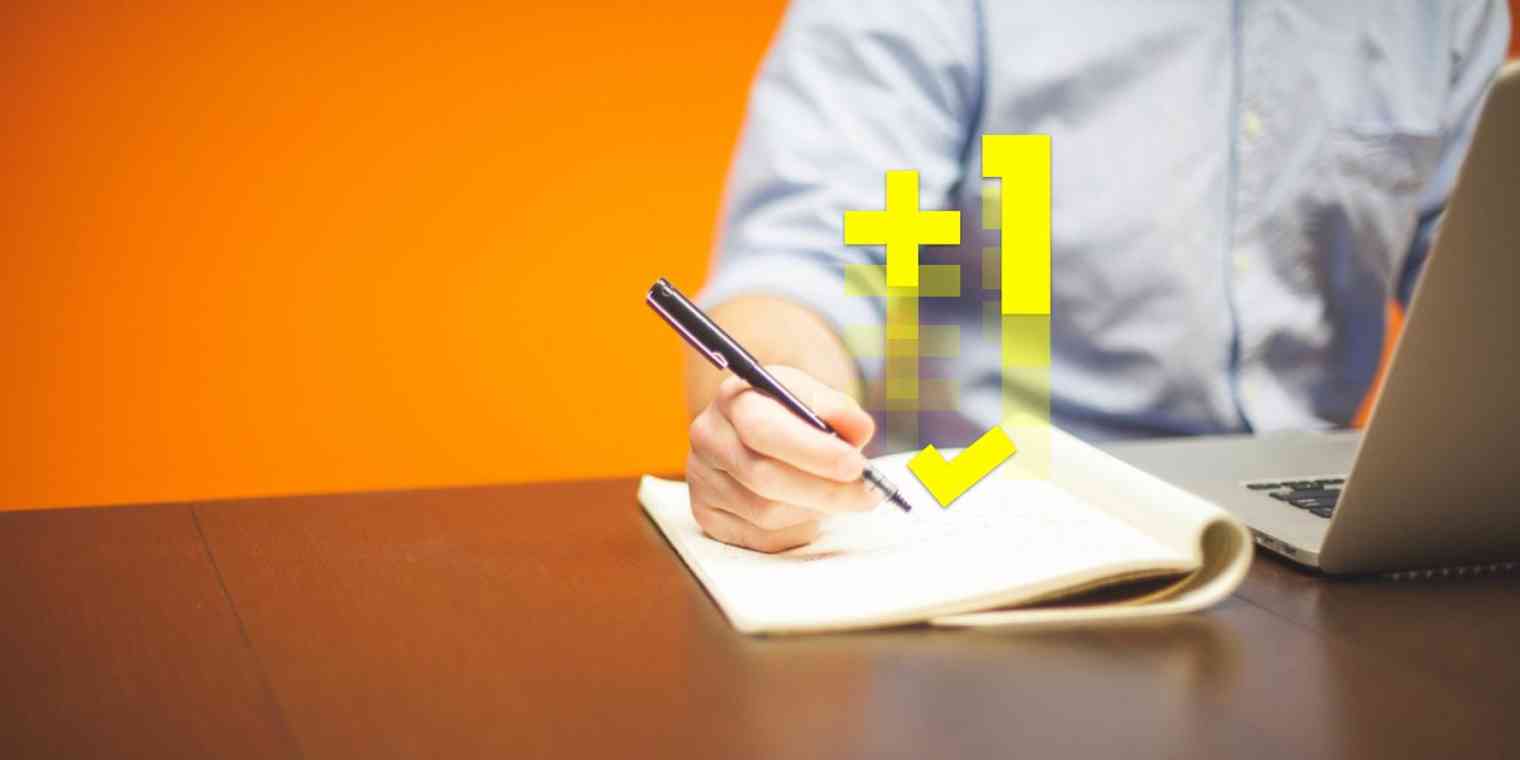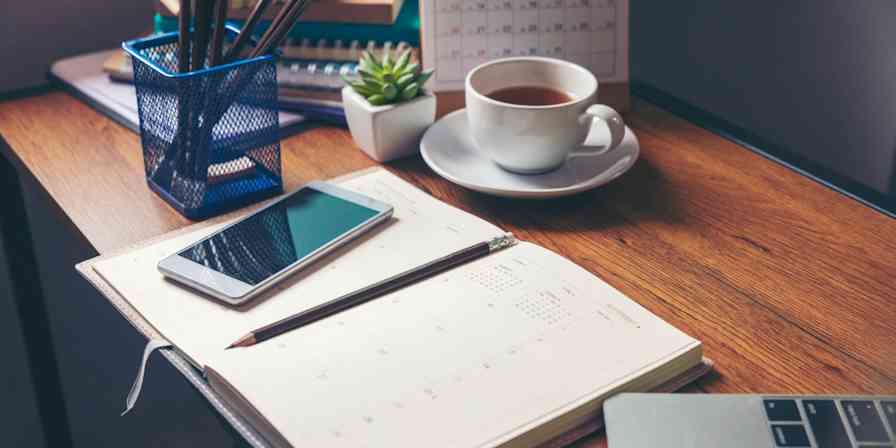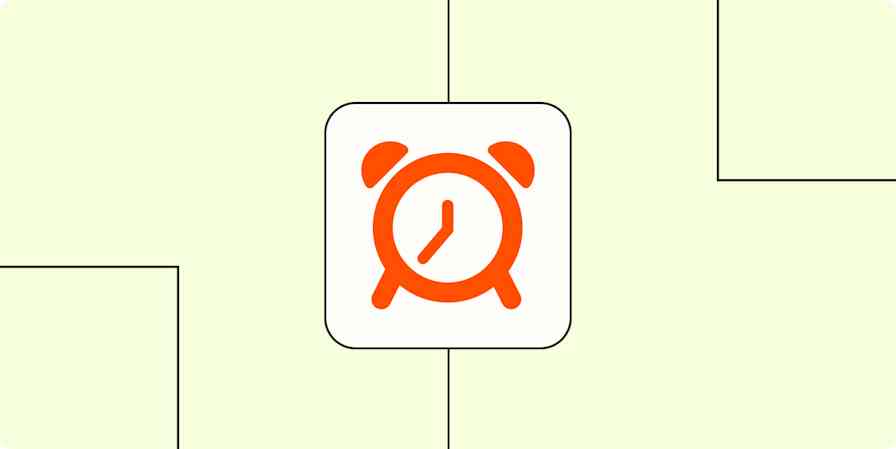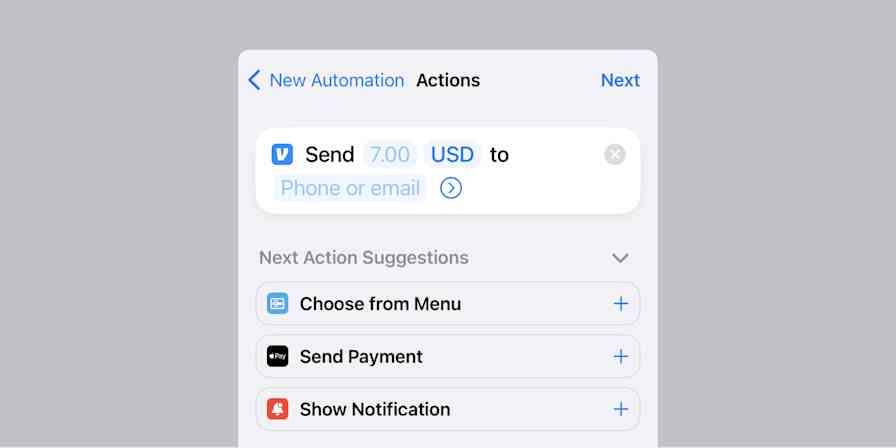Gamification is everywhere: in to-do list apps Todoist and Asana, encouraging you to get more done; in Apple Watch, rewarding you for achieving fitness goals; in Fortune 500 companies' strategies to boost employee engagement and schools' plans to improve education.
Everything wants you to move move, get more done—and then reward you for it. You're supposed to get caught up in the fun of the game, not the tedium of the chore.
But what is gamification, and why does it matter? Let's look at the history of gamification, learn how it works, and then check out five gamified task apps to help you gamify your life and get more done each day.
What is Gamification?
Gamification (n.): the process of turning an activity or task into a game or something that resembles a game.
Gamification is applying game mechanics (things like quests, points, and rewards) to non-game applications. It's about making dull things fun.
While the concept has existed for decades, the term "gamification" was first coined in 2002. It remained a niche term until 2010, when gamified apps caught venture capitalists' attention and investment. Gamification was suddenly everywhere, the newest thing every app needed.
Video game designers found their skills in high demand, as apps raced to add gamification features. "I tell people that getting a master's in video game design is the new MBA," said Electronic Arts executive turned venture capitalist Bing Gordon in a 2010.
Getting a master's in video game design is the new MBA.
Bing Gordon, former Electronic Arts executive
Foursquare is perhaps the best example of the gamification boom. While best known as an app for discovering—and becoming the mayor of—new location, the app originated from co-founder Dennis Crowley's graduate research thesis experiment in 2004 at New York University.
The experiment? To turn Manhattan into a game of "Pac-Manhattan".
Designed to explore "what happens when games are removed from their 'little world' of tabletops, televisions and computers and placed in the larger 'real world' of street corners, and cities," according to Crawley, Pac-Manhattan was a real-world game of Pac-Man. One player ("Pac-Man") and four "ghosts" would run around Manhattan's Washington Square Park, paired with a teammate in a remote control room. The players would roam Washington Square Park, and call their team mate in the control room whenever then got to an intersection. The teammate would then input their location into custom software, and tell them which way to go to either find Pac-Man or escape the ghosts.
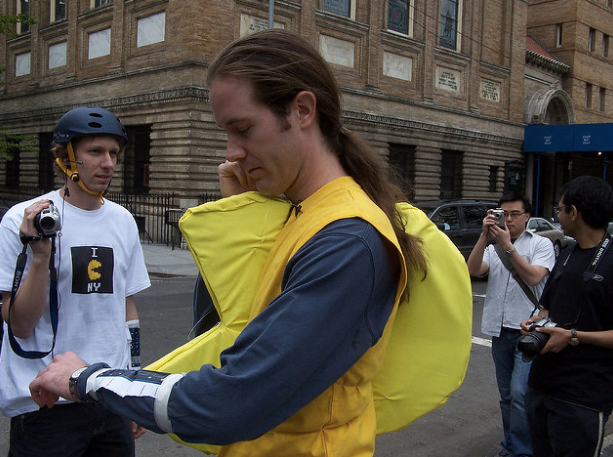
The real-world game inspired the app, one that went from five men running around Manhattan to over 60 million users discovering places nearby. Foursquare's success—and addictive engagement—is in large part due to its gamified points and achievement badges that inspire you to discover new places.
"We never set out to make a 'game,'" wrote the Foursquare team in 2014. "We wanted to make people's experiences more fun and playful. Points gave you a way to measure how exciting your outings were; badges were to give you a sense of accomplishment; and mayorships allowed you to compete with your friends. We thought they were all fun ideas, but even we were surprised by how much people loved them."
Intentionally or not, Foursquare turned travel—even the everyday lunch run—into a game. And it wasn't long before the same ideas were being used elsewhere: in marketing campaigns, at work, and in apps of all shapes and sizes. If games could trick us to keep playing for hours, the same techniques could trick our brains to be more productive.
Gamification works. Surely badges and scores couldn't make professionals better at their job—and yet study after study found that they do.
Auditing and consulting firm Deloitte, for example, found that adding fun "missions" and shareable achievements to its professional development programs improved return rates by 46%. Another study found that 91% of employees reported higher engagement, awareness, and productivity after trying gamification solutions at work.
As it turns out, all work and no play does make Jack a dull boy.
Why Gamification Works
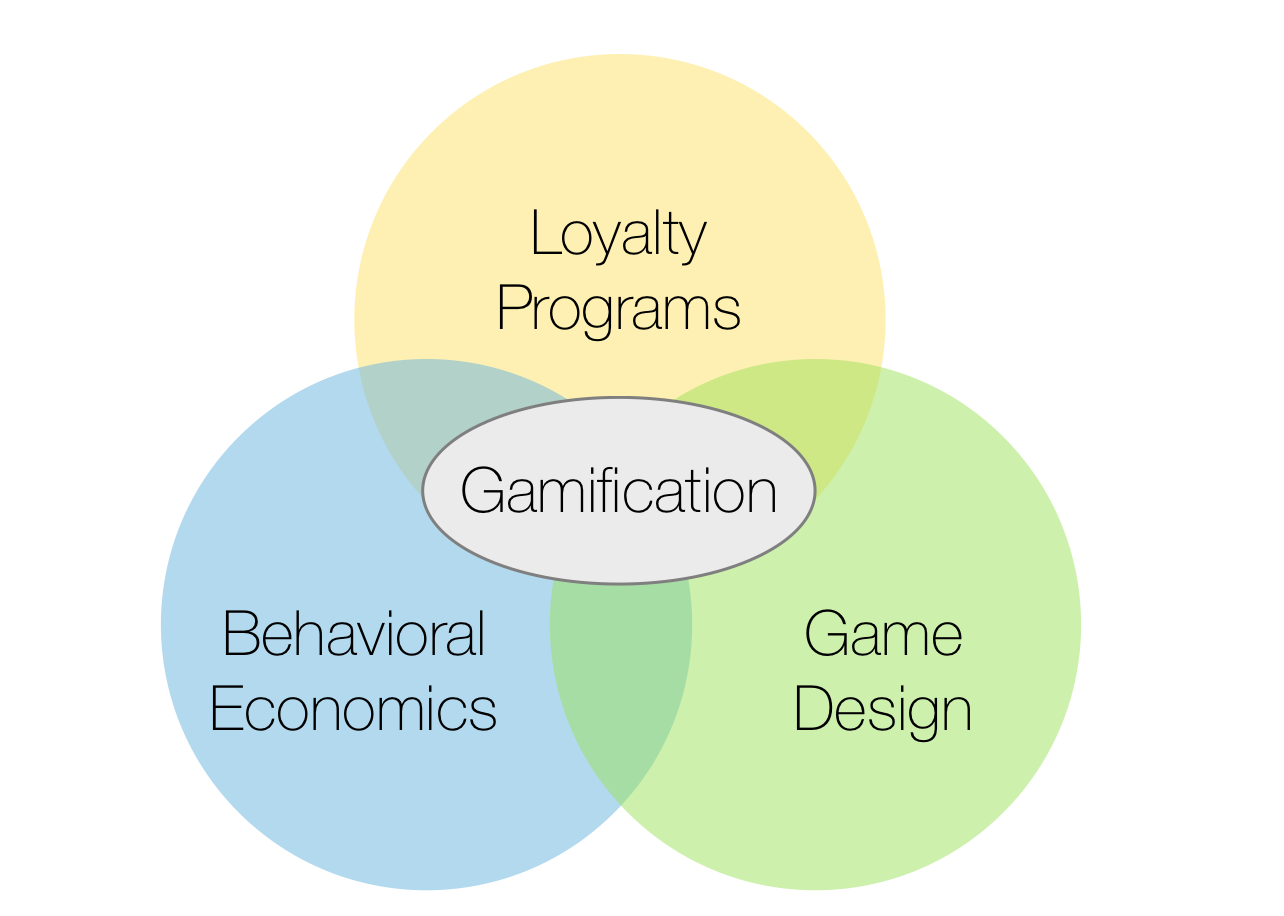
But why does gamification work? How could something so trivial trigger a very real boost in motivation and productivity?
Biology and psychology can both shed some light on what makes points and likes keep us so engaged. Here are four theories that help explain why gamification works—and how they apply to productivity apps:
The Neurobiological Theory
Our brain's naturally occurring neurotransmitters can trick us into working harder.
Gamification works in much the same way as Adderall—by releasing dopamine in the mesolimbic pathway, your brain's primary reward circuit.
Your mesolimbic pathway helps determine your motivation and drive, by signalling a connection between an imminent reward and the work needed to achieve that reward. It's what makes you feel good after a run—and what gives you the energy to hit the finish line.
For those with ADHD—who also tend to have lower dopamine levels—Adderall works by boosting dopamine in the mesolimbic pathway to block out potential "rewards" (perhaps the allure of Facebook or music from another room) found in nature that can distract you from the task at hand.
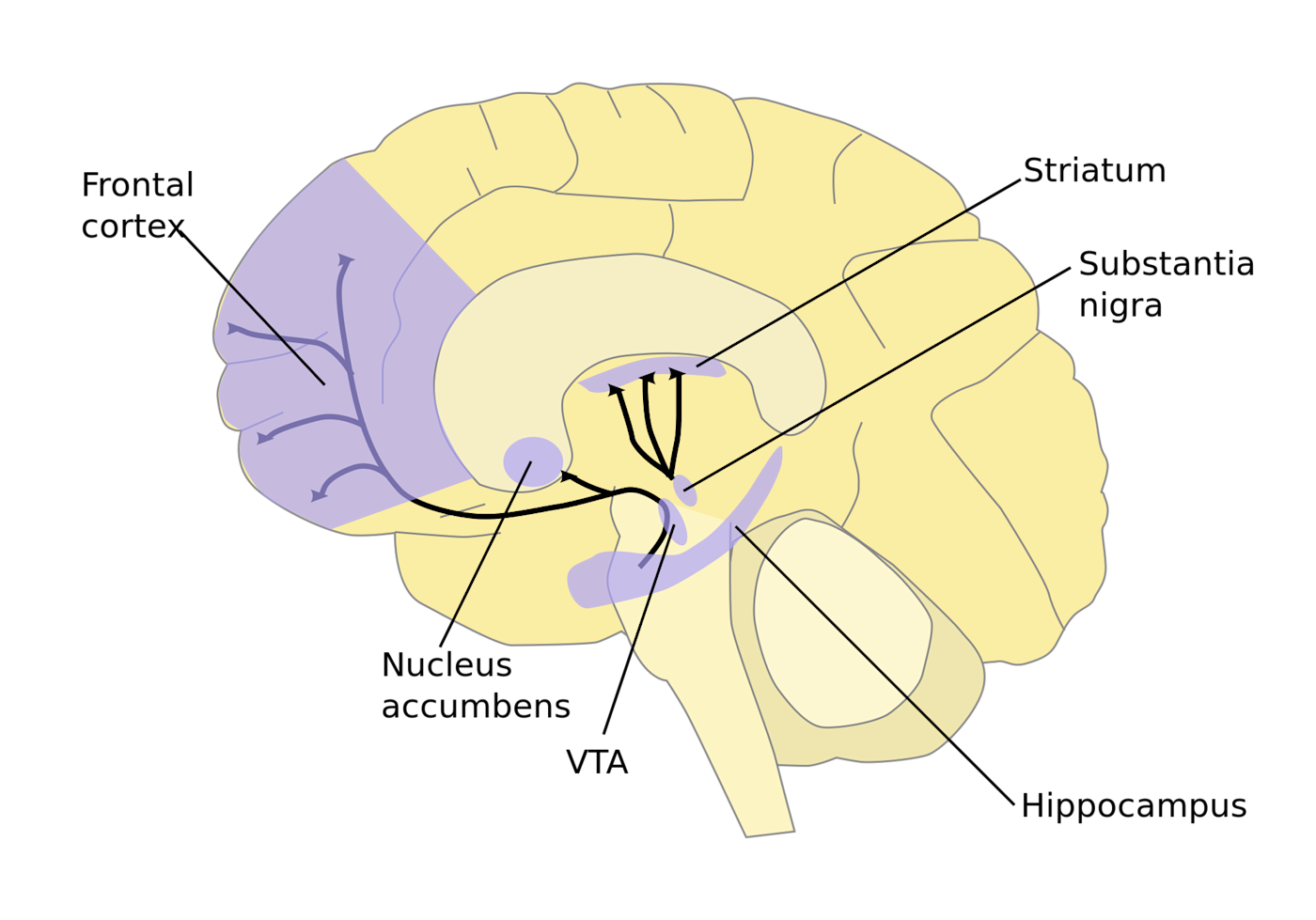
Gamification can naturally increase your dopamine levels, thanks to its novelty. Your brain becomes excited and releases dopamine as you unlock new achievements, rewards, and quests. That works with your internal reward circuit to aid motivation and associative learning, by training you to do that task to get dopamine.
Simply put, gamification uses your brain's naturally occurring neurotransmitters to trick you into working harder and more efficiently, while helping you retain more knowledge at the same time.
Social Status Theory
We are driven to behave in a way we feel will earn us acceptance.
There are 16 basic desires—or intrinsic motivators—that guide most human behavior, according to psychologist Steven Reiss. Among these is social status, the fundamental need to be accepted by society.
Social psychologists have long theorized how our behavior is driven by what others think of us (or rather, how we perceive others to think). Like it or not, our perception of social status holds a heavy influence over our behavior. We are driven to behave in a way we feel will earn us acceptance or esteem, and avoid behaviors that will bring us shame and reduce our social standing.
Gamification plays to our need for social standing by combining our tasks with the elements of a viral game. Gamified productivity apps tend to be social, often integrated with Facebook or your address book to share achievements with others. They even include leaderboards, to see how our productivity compares with that of our friends. Together, these elements all spur a little friendly competition, while appealing to one of the most basic human desires.
Neurobiology + Rewards = Expectancy Theory
We behave in a certain ways because we are motivated by the expected outcome of that behavior.
Stemming from the same neurobiology of motivation, the expectancy theory holds that we behave in a certain ways because we are motivated by the expected outcome of that behavior. If we believe that a raise is a distinct possibility—and that good work (the behavior) will result in a raise (the outcome)—we will be driven to work harder to achieve a raise.
Expectancy Theory is driven by three key elements:
Expectancy: The belief that your effort will result in the level of performance needed to achieve your desired outcome.
Instrumentality: The belief that you will receive the desired outcome if you are able to meet or exceed your performance expectations.
Valence: The value you place on the expected reward, based on your individual needs, values, and sources of motivation.
When all three of these elements are present, you are motivated to work harder.
With gamified productivity apps, both expectancy and instrumentality are high. You are confident your effort is sufficient to attain the required level of performance, and you are positive that achieving that performance requirement will generate a predictable and positive outcome. That's what the app makes you think, at least.
Whether or not you find valence in your reward is a bit more subjective. It's a matter of what motivates you. If you take pleasure in achievements (or simply that feeling of accomplishment associated with crossing something off your list), then chances are, gamification works for you.
While we usually think of a reward as something tangible (perhaps a promotion or raise), gamification relies on a much more "intrinsic" motivator: how you feel after accomplishing something. Intrinsic motivators can have a higher correlation to work performance and outcomes than extrinsic motivators, in some studies. A University of Rochester study even found that active gamers tend to experience greater intrinsic motivation and place less reliance on extrinsic motivators.
Perhaps, to our brains, those virtual coins are actually worth something.
Expectancy Theory + Continuous Gratification = Goal Theory
We can achieve greater success by approaching complex problems one step at a time.
In psychology, "chunking" (or splitting) is the process by which we break down a large task into a series of elementary units. It's the idea that we can achieve greater success, while doing less work, by approaching complex problems one step at a time. You'll feel that sense of accomplishment each time you complete a small task, instead of feeling behind until the whole project is finished.
Your macro goals—perhaps to lose 50 pounds or earn a promotion—are designed to be long-term projects. One day, you'll attain your desired result and be able to check the item off your list. Until then, it's simply "in progress."
Gamification turns these big projects into, well… games. Instead of working toward one macro goal, gamification focuses on micro goals, chunks that you can complete in a matter of minutes that move you one step closer toward your goal. In doing so, it distributes the delayed gratification that you get when you finally cross that macro goal off your list, with smaller, manageable tasks that give you continuous spurts of immediate gratification.
"Structuring your day to give you small hits of dopamine when you accomplish something keeps the 'reward engine' engaged and will fuel you to perform longer and better, even if the task is menial," writes author Christopher Bergland. "Everything from making your bed to doing all the dishes will give you the 'ding-ding-ding; feeling of having completed a task. Neurobiologically the satisfaction of completing a task creates internal rocket fuel that energizes you to keep working towards your larger goal."
Researchers at the University of Southern California and Harvard University found that chunking helps both productivity and motivation. When we focus on the smaller picture, we tend to work harder and are more engaged in our work. The study further found that equating small—even meaningless—rewards to the achievement of these micro goals has a greater boost on motivation than a single, large reward at the end of a macro goal.
There's no single reason gamification works. It pulls on our desire for a good outcome, makes us feel like we're improving our social standing, and rewards us with dopamine. Together, it's a powerful mix that can help you achieve your goals, and feel good about it.
Gamification in Action: 5 Apps to Gamify Your Productivity
It's time to put gamification to work for you. These five apps will turn your projects, tasks, and chores into achievable steps, ones you'll want to complete thanks to their gamification features.
Productivity Challenge Timer (Android)
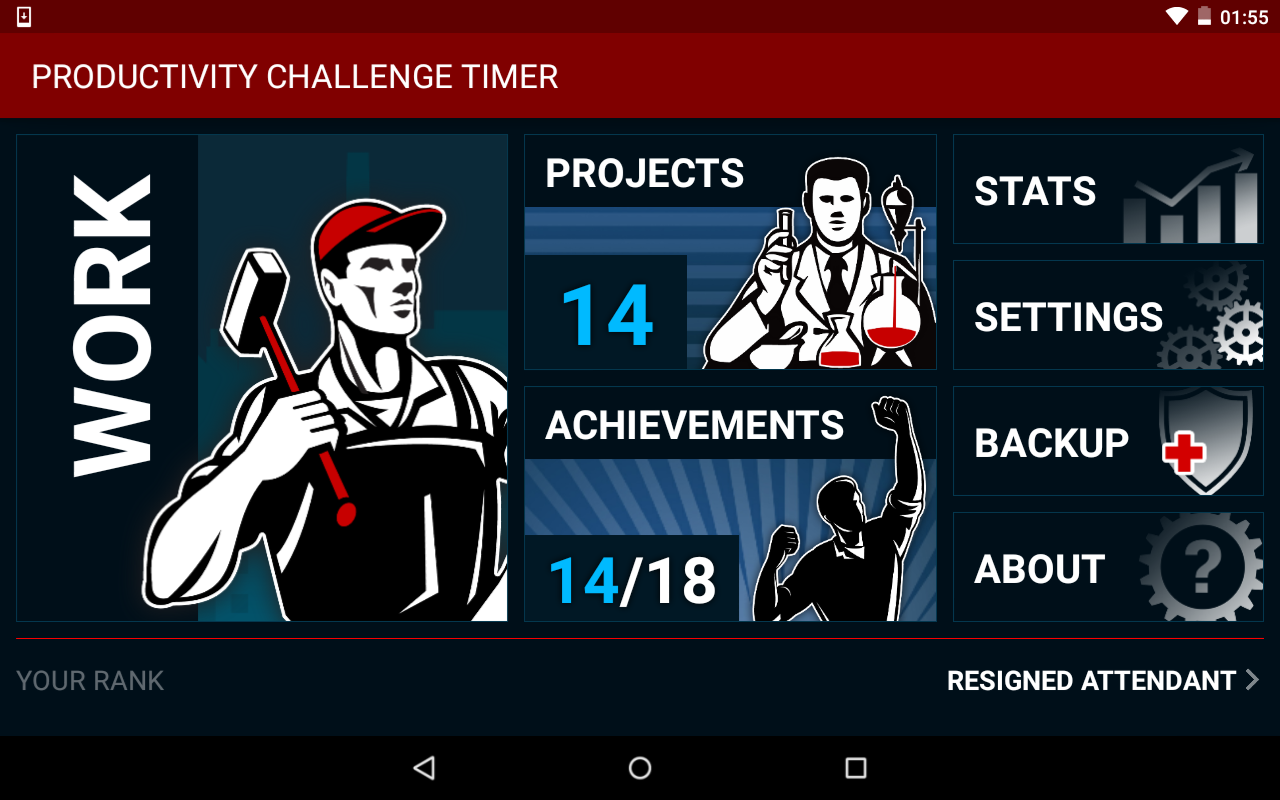
An app with the sole purpose of "making you work harder," Productivity Challenge Timer employs the Pomodoro technique to break large projects into short, manageable sprints called work sessions.
Simply create a new project and let the timer begin as you hammer away on your first session. The app intentionally lacks a pause button, forcing you to work continually for the entire session length. At the end of the sprint, you'll be given a short break before your next session and a longer break every so many sessions. And you can tweak the length of your sessions and breaks, and the number of sessions you want to complete each day, if you want.
Then, there's exportable analytics, where Productivity Challenge Timer's gamification comes in. The analytics show everything from your most productive hours of the day to your longest productivity streak, and gives you a rank starting from "0 - Unrepentant Slacker" with humorous messages at each level. You can both gain or lose rank each day—a motivation to keep working harder.
Why it works: Productivity Challenge Timer appeals to three of our gamification theories: neurobiology, expectancy, and goal theories. Without a social factor, it misses out on the complete quadfecta, but does a great job at leveraging our internal rewards circuit by driving motivation and productivity with continuous and immediate rewards.
Productivity Challenge Timer Price: Free with in-app purchases
Want to break up your work day and reward yourself with breaks? Here's 12 pomodoro timer apps you could use instead, without the gamified ranks.
Habitica (Web, Android, iOS)

Habitica treats your life like a game. It turns your chore list and the habits you want to build into a series of simple, fun, and even addicting quests.
You create a custom avatar, add any habits you'd like to adopt, goals you'd like to achieve, and tasks that need done, then check off tasks to level up your avatar. Each task you complete will net you gold—or sometimes you'll get a more valuable reward like a mount for your avatar or an egg that you can hatch for a pet. You can then spend your gold on new equipment for your avatar, new abilities like spell-casting, and even custom rewards you add yourself—perhaps 30 minutes of Netflix or a power nap in the sun.
Of course, it's not all fun and rewards. Habitica keeps you in check by punishing inactivity with immediate consequences, including reductions in your avatar's health. The app even lets you hold others accountable by letting you recruit friends for a guild and battle monsters with productivity. Be careful though—if you slack off, they'll all have to pay.
Why it works: Habitica appeals to three of our gamification theories—neurobiology, social status, and expectancy—by rewarding productivity in a social, collaborative environment. While it does not automatically chunk down large tasks, the app is designed for short-term goals and daily habits already micro in nature.
Habitica Price: Free with in-app purchases
Learn more about how to build new habits—or break bad ones—with our guide to breaking and replacing bad habits.
EpicWin (Andoird, iOS)
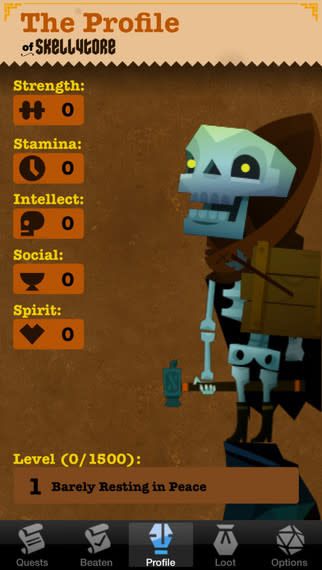
Similar to Habitica, EpicWin is a streamlined to-do list focused on a customizable avatar. With each task you complete, you're rewarded with experience points that can be used to develop and level-up your character.
The app supports both immediate chores and aspirational long-terms goals, allowing you to assign dates to the form and periodic check-ins for the latter. If you're ever overdue, Epicwin moves the task to the top of your queue to ensure nothing gets missed. It even keeps a log of all of your achievements and completed tasks, giving you instant inspiration for the next time you find yourself in a slump.
The best part? Crossing off an item from your to-do list has never been more gratifying. Animated battles bring your chores to life as your avatar heroes beat up your laundry and headbutt an overspilling inbox.
Why it works: With shareable achievements and stimulating rewards, EpicWin works by appealing to the neurobiology, social status, and expectancy theories. Like Habitica, EpicWin is meant for small, daily tasks and does not chunk down large projects.
EpicWin Price: $1.99
Forest (Web, Android, iOS, Chrome, Window Phone)
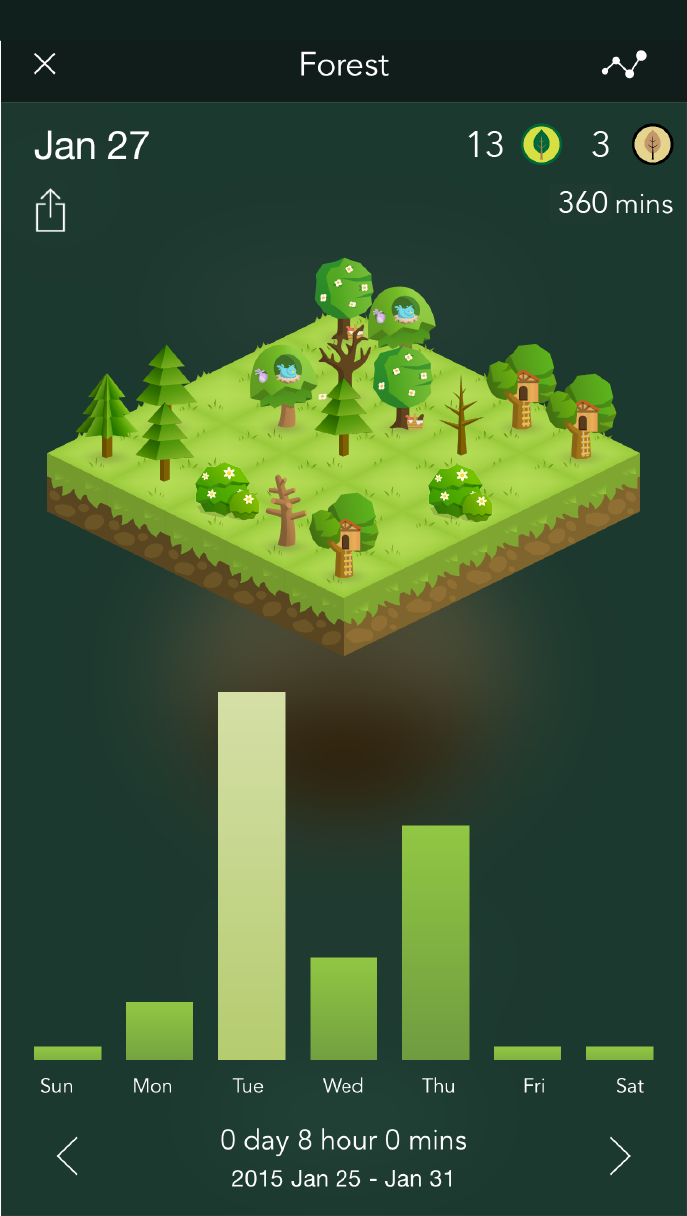
Ever picked up your phone to check the time, only to find yourself sucked into Facebook or another productivity drain? This app's for you.
Forest helps you stay focused by letting you "plant a seed" whenever you want to concentrate. Over the course of 30 minutes, the seed will grow into a mighty tree to indicate a job well done. But, leave the app to check Facebook or play a game and your young sapling will wither away, leaving you with little more than a rotting log. And you don't want to be a tree killer, do you?
At the end of the day, you should be able to look back and see a sprawling forest, with each tree representing half an hour of hard work. If you're looking for a little friendly competition, you can even share your results with friends to see who can build the biggest forest.
Why it works: A quadruple threat, Forest appeals to all four of our gamification theories. Shareable forests kick in our most basic desire for a little friendly competition and the session-based approach chunks down even the largest of projects into very manageable micro goals for continuous gratification.
Forest Price: $1.99
SuperBetter (Web, Android, iOS)
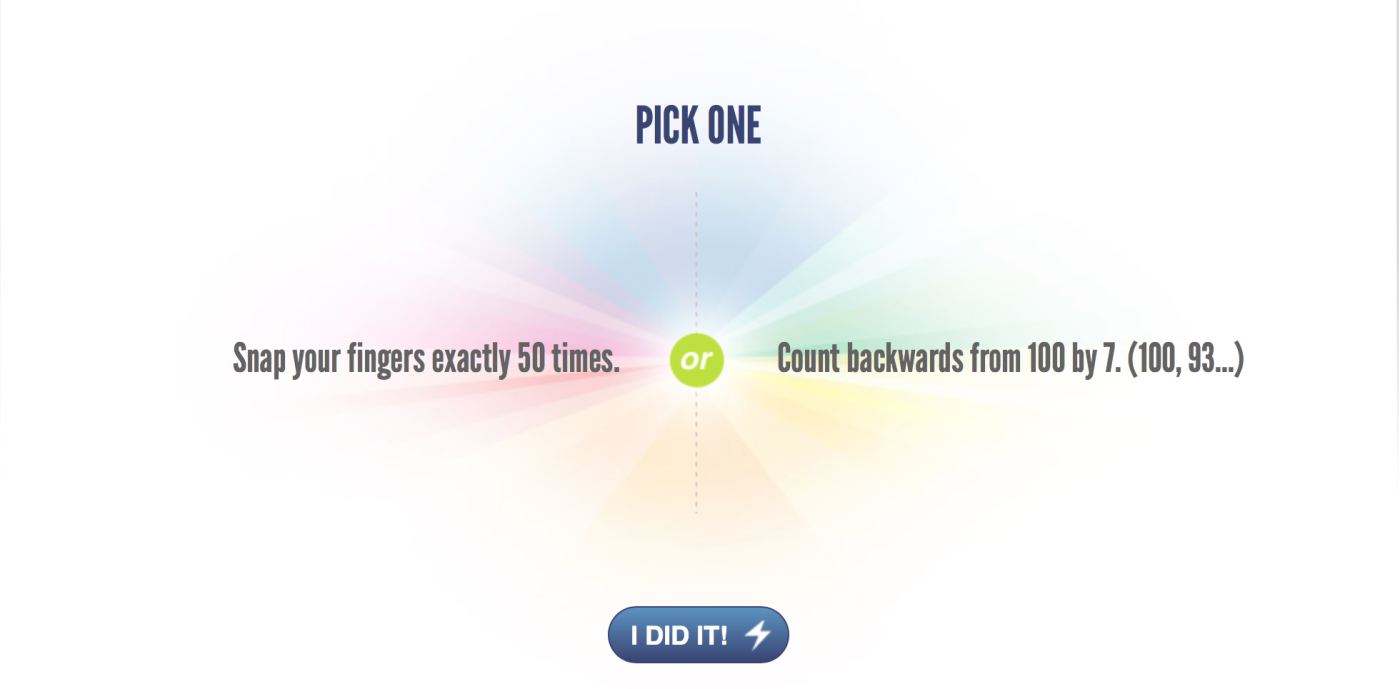
Created by renowned game developer and author Jane McGonigal, SuperBetter is designed to help you "live gamefully" to stay strong, motivated, and optimistic.
You could use it to conquer your to-do list, but SuperBetter is also designed to help beat depression or overcome post-traumatic stress—with its benefits validated by two clinical studies. It is more about positivity than productivity, harnessing the science of games, positive psychology, and behavior change to make us more resilient and motivated in the face of adversity. It taps into our psychological predispositions to influence change.
"At the heart of SuperBetter is a simple and potentially transformative idea: We can use the same psychological strengths we display when we play games to confront real-life challenges, whether it's illness, injury, or just changing our habits for the better," says author Daniel Pink.
You can choose pre-loaded adventures aimed at improving mental health and confidence, or build your own by inputting the goals you want to achieve. It then uses classic gamification to keep you engaged, with quests (the daily steps you take), bad guys (the obstacles you face), rewards, and power-ups. It even encourages you to recruit "Allies," friends who can see your progress and cheer you on with in-app comments.
Why it works: As the most expert-validated and academically grounded app on our list, SuperBetter checks off every item on our list. It recognizes our need for rewards, chunks down the largest of tasks into daily quests, and supports a community of allies to help players build the resilience needed to succeed.
SuperBetter Price: Free
How to Apply Gamification Theory to Your Life
Whether you use an app or not, it's easy to reap the benefits of gamification to boost your motivation, focus, and productivity. You can make your own gamified workflow to accomplish anything, with this eight-step process:
1. Jot down everything you'd like to gamify. Whether it's a bad habit you'd like to break ("quit smoking"), an aspirational goal ("get straight A's this semester"), or a series of mundane chores ("do laundry" or "vacuum the living room"), write it down to keep a tunnel vision focus on your desired outcome.
2. Break down large tasks into more manageable sessions.** Goal theory tells us to "chunk" a large project into a series of smaller, more manageable sessions to stay motivated and engaged, as it's easier to wrap our heads around taking a few steps than it is to climb a mountain.
Try to break your tasks into sessions that take around 25 minutes to complete. Then, complete them, followed by a 5 minute break, just as the Pomodoro technique suggests. That workflow has been shown to optimize your mental agility and reduce external distractions by forcing you to focus on a single task—with the additional restorative power of frequent breaks.
3. Write down all of the tasks you want to accomplish today or this week. Creating a visual list of everything you want to achieve is a great way to both remind yourself of your goals and to hold yourself accountable. The simple act of writing a task down keeps us more committed to its achievement as we perceive our written statements as "contracts with ourselves."
4. Put your new list somewhere highly visible. Going back to the Social Hygiene Theory that so many gamification apps have tapped into, we're wired to share our successes and find motivation in our perceived social status. If you're looking to keep yourself more accountable, put your new chore chart somewhere both you and others can see it throughout the day. After all, you don't want your friends to look at a bunch of unchecked boxes and think you're a slacker, do you?
5. Set goals for yourself. Understanding that there will always be more chores than time, consider what success means to you in the context of your chore chart. At the end of the day, how many items will you have to see crossed off to feel a sense of achievement? Are there any items that absolutely must be crossed off before you call it a night? Goals are another great way to hold yourself accountable and motivated, especially when used with the good ol' carrot-and-stick approach of steps 6 and 8.
6. Identify what motivates you. Now it's time for our favorite part of gamification: The rewards. As we saw with the neurobiology of dopamine, we have a tendency to work both harder and smarter when we have reason to believe that our hard work will be rewarded. In order for this to hold true, however, you must first identify what rewards work for you. Is it the prospect of relaxing with glass of wine at the end of the day? Treating yourself to a new episode of your favorite series? Whatever it is, find a way to associate hard work with something worth pursuing.
Rewards don't have to be material or extrinsic, either. Many of the gamification apps we looked at rely on intrinsic motivators. In particular, three intrinsic motivators stand out for their power over productivity:
Autonomy: The sense that we are in the driver's seat.
Mastery: The sense that we are learning something new.
Purpose: The sense that our work has true meaning.
Find a way to associate your work with any of these three motivators and you'll discover just what makes gamification apps so addicting.
7. Cross off tasks as you complete them. There's no greater feeling than crossing off a chore. It's the surge of instant gratification we all love so much. It also provides a quick visualization of our progress and forces us to review our list multiple times a day, for a subtle nudge of what's next on our plates.
As you go about accomplishing your tasks, take the time to cross completed items off the list. You'll thank yourself later, looking back at a completely crossed-off list at the end of the day.
8. Evaluate your progress against your goals. Periodically throughout the day, look back at your chore chart and gauge your progress. Have you crossed off as many items as you had this time yesterday? Are you on track for completing all of your must-do items?
If you've met your goals, turn this behavior into a habit by reinforcing it with one of your previously identified rewards. Take time to reflect on your achievements and revel in the satisfaction of a hard day's work.
Looking for a challenge? Come up with some negative reinforcement or even a friendly punishment for those days where we fall short of our goals. Consider setting your alarm clock 30 minutes earlier than you usually get up for a surefire way to ensure it won't happen again.
With Gamification, You Win
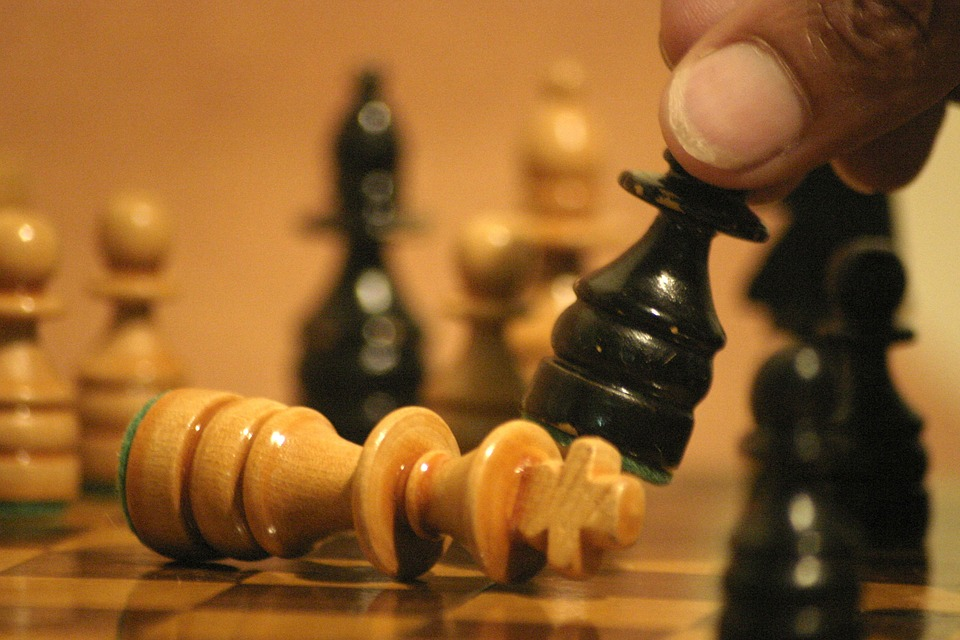
Four theories, five apps, and eight steps later, and you're well on your way to gamifying your life. Whether it's through the release of dopamine, an appeal to our most basic desires, or our simple love of games, gamification works. It helps us work smarter and achieve more by "leveling-up" our engagement, focus, and motivation. And that's a win-win-win.
How have you applied gamification to your productivity? We'd love to hear your stories, tips, and favorite apps in the comments below.
Header photo based on one from Startup Stock Photos, via Pexels; Pac-Manhattan photo by Ehud Kenan via Flickr; Gamification venn diagram inspired by Social Data Revolution class, Stanford University; Brain diagram via Wikipedia; Chess photo via Pixabay.
